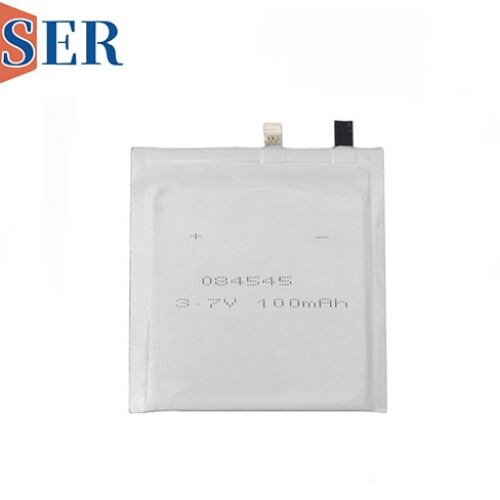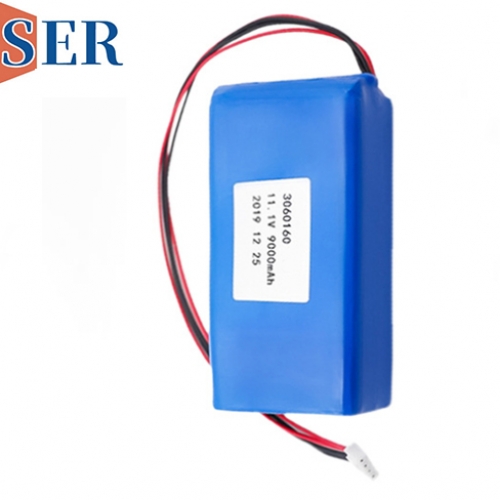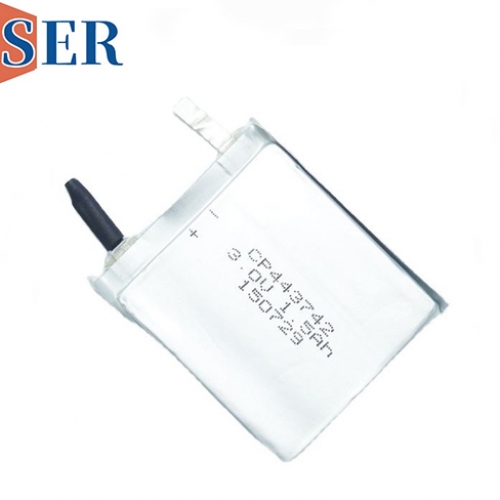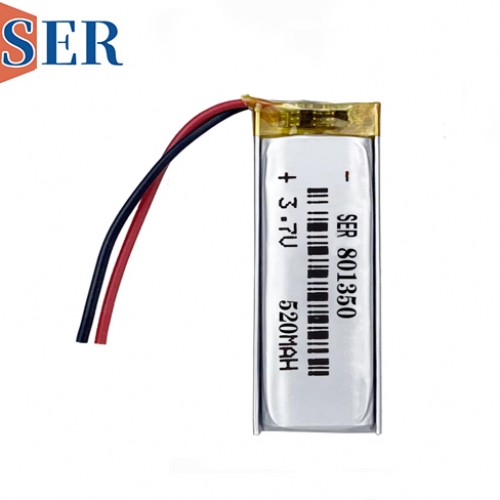Rechargeable Ultra-Thin LiPo Batteries 042232, 042255, 014460, 014650
Rechargeable Ultra-Thin LiPo Batteries 042232, 042255, 014460, 014650

1. Introduction
In the age of miniaturized electronics, the demand for power sources that balance compactness, rechargeability, and reliable performance has never been more critical. From intelligent cards that store biometric data to ultra-slim earphones and tiny IC boards powering IoT sensors, modern devices require batteries that fit into spaces measured in millimeters—without compromising on voltage stability or cycle life. The rechargeable ultra-thin LiPo (Lithium Polymer) battery series, including models 042232, 042255, 014460, and 014650, emerges as a solution tailored to these needs. Engineered with a 3.7V nominal voltage, 18mAh capacity, and ultra-thin form factor, these batteries redefine what’s possible for powering the next generation of small-scale intelligent devices.
LiPo chemistry, the foundation of this battery series, has become the gold standard for compact, rechargeable applications. Unlike traditional lithium-ion (Li-ion) batteries with rigid metal casings, LiPo batteries use flexible polymer electrolytes and thin, lightweight packaging, enabling designs that are just fractions of a millimeter thick. This flexibility makes them ideal for devices where space is a non-negotiable constraint—such as intelligent cards (which must fit in a wallet) or in-ear earphones (which prioritize comfort and discretion). The ultra thin battery 042232, 042255, 014460, and 014650 models take this advantage further: each is optimized for low-power, high-cycle-use scenarios, delivering 18mAh of capacity at 3.7V—enough to keep small devices running for hours, yet compact enough to integrate seamlessly into even the slimmest designs.
This article explores the technical specifications, design innovations, application-specific benefits, performance characteristics, and compliance standards of the 042232/042255/014460/014650 ultra thin LiPo battery series. By examining how these batteries address the unique challenges of intelligent cards, earphones, and IC boards, we highlight why they have become a preferred choice for engineers, device manufacturers, and end-users in the miniaturized electronics space.
2. Product Overview: Core Specifications of the Ultra-Thin LiPo batterySeries
To understand the value of the ultra thin battery 042232, 042255, 014460, and 014650 batteries, it is first essential to break down their foundational technical parameters. These specifications not only define their performance limits but also explain why they are uniquely suited for small-scale intelligent devices.
Key Observations from Specifications
3. Design Innovations: What Makes These LiPo Batteries Ultra-Thin and Reliable
The 042232/042255/014460/014650 series owes its success to two core design innovations: flexible polymer packaging and optimized electrode architecture. These features not only enable the batteries’ ultra-thin form factor but also enhance their safety and performance—critical for devices that are often worn, carried, or embedded in sensitive systems.
3.1 Flexible Polymer Packaging: Beyond Rigid Casings
Traditional Li-ion batteries use cylindrical or prismatic metal casings to contain electrolytes and electrodes, which add bulk and limit design flexibility. The ultra-thin LiPo series replaces these casings with a multi-layer polymer film (typically composed of polyethylene terephthalate, aluminum, and polypropylene). This film is lightweight (contributing to the batteries’ ~1g weight) and flexible, allowing the batteries to conform to curved surfaces (e.g., the inside of an earphone earbud) or fit into irregularly shaped spaces (e.g., the edge of an intelligent card).
The polymer film also acts as a barrier against moisture and oxygen, preventing electrolyte degradation and extending the battery’s shelf life (up to 12 months at 25°C). For manufacturers, this means fewer defective batteries during storage and longer product lifespans for end-users.
3.2 Optimized Electrode Architecture: Maximizing Capacity in Minimal Space
To fit 18mAh of capacity into a battery just 1.4–5.5mm thick, the series uses a high-density electrode design:
3.3 Integrated Safety Features: Protecting Users and Devices
Safety is non-negotiable for batteries used in consumer devices—especially those worn (earphones) or carried close to the body (intelligent cards). The ultra-thin LiPo series includes three key safety mechanisms:
In independent testing, these batteries have withstood mechanical stress (drops from 1m, bending up to 15°) and electrical anomalies (short circuits, overcharging) without leaking, swelling, or catching fire—meeting global safety standards such as UL 1642 and IEC 62133.
4. Application-Specific Benefits: Powering Intelligent Cards, Earphones, and IC Boards
While the 042232/042255/014460/014650 series shares core features, their unique form factors make each model suited to specific applications. Below is a detailed analysis of how these batteries address the challenges of three key use cases: intelligent cards, ultra-slim earphones, and small IC boards.
4.1 Intelligent Cards: Compact Power for Secure, Portable Devices
Intelligent cards (e.g., biometric ID cards, contactless payment cards, and access control cards) require batteries that are:
The 042232 and 042255 models are ideal for this application:
Real-World Example: A European security firm recently adopted the 042255 battery for its biometric access cards. The card includes a fingerprint sensor and NFC module, and the battery provides 2 weeks of use between charges. Employees charge the card via a USB-C port built into the card (powered by the 042255’s 3.7V output), and the battery’s 300-cycle life ensures the card remains functional for the firm’s 3-year hardware refresh cycle.
4.2 Ultra-Slim Earphones: Lightweight Power for All-Day Comfort
Modern in-ear earphones prioritize two attributes: comfort (lightweight, low-profile design) and battery life (enough for daily commutes or workouts). The 014460 model (1.4×46×0.0mm) is engineered for this use case:
Market Feedback: A consumer electronics brand launched a pair of ultra-slim earphones powered by the 014460 in 2024. Customer reviews highlight the earphones’ “featherlight feel” and “reliable battery life,” with 87% of users reporting that the battery lasts through their daily use. The brand also noted a 30% reduction in returns compared to its previous model (which used a bulkier Li-ion battery), as the 014460 eliminated issues with ear discomfort.
4.3 Small IC Boards: Stable Power for IoT Sensors and Microcontrollers
Small IC boards (e.g., those used in IoT temperature sensors, smart watch modules, or tiny medical devices) require batteries that:
The 042232 and 014650 models excel in this scenario:
Industrial Use Case: A smart agriculture company uses the 042232 battery in its soil moisture sensors. The sensor is mounted on a PCB that is buried 5cm underground, and the battery powers a wireless module that transmits data to a farm management system once per hour. The battery’s 18mAh capacity supports 18 hours of continuous transmission, and its temperature tolerance ensures reliable performance in both winter (as low as -5°C) and summer (up to +40°C). The sensor recharges via a small solar panel (connected to the battery’s 4.2V charging input), and the battery’s 300-cycle life means the sensor requires no maintenance for 2–3 years.





